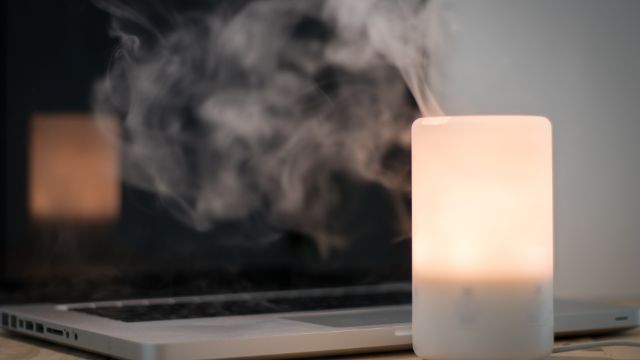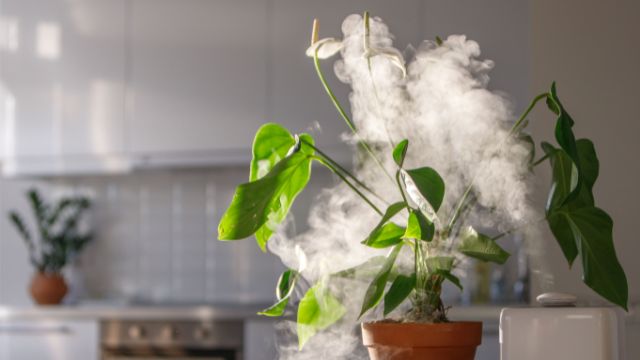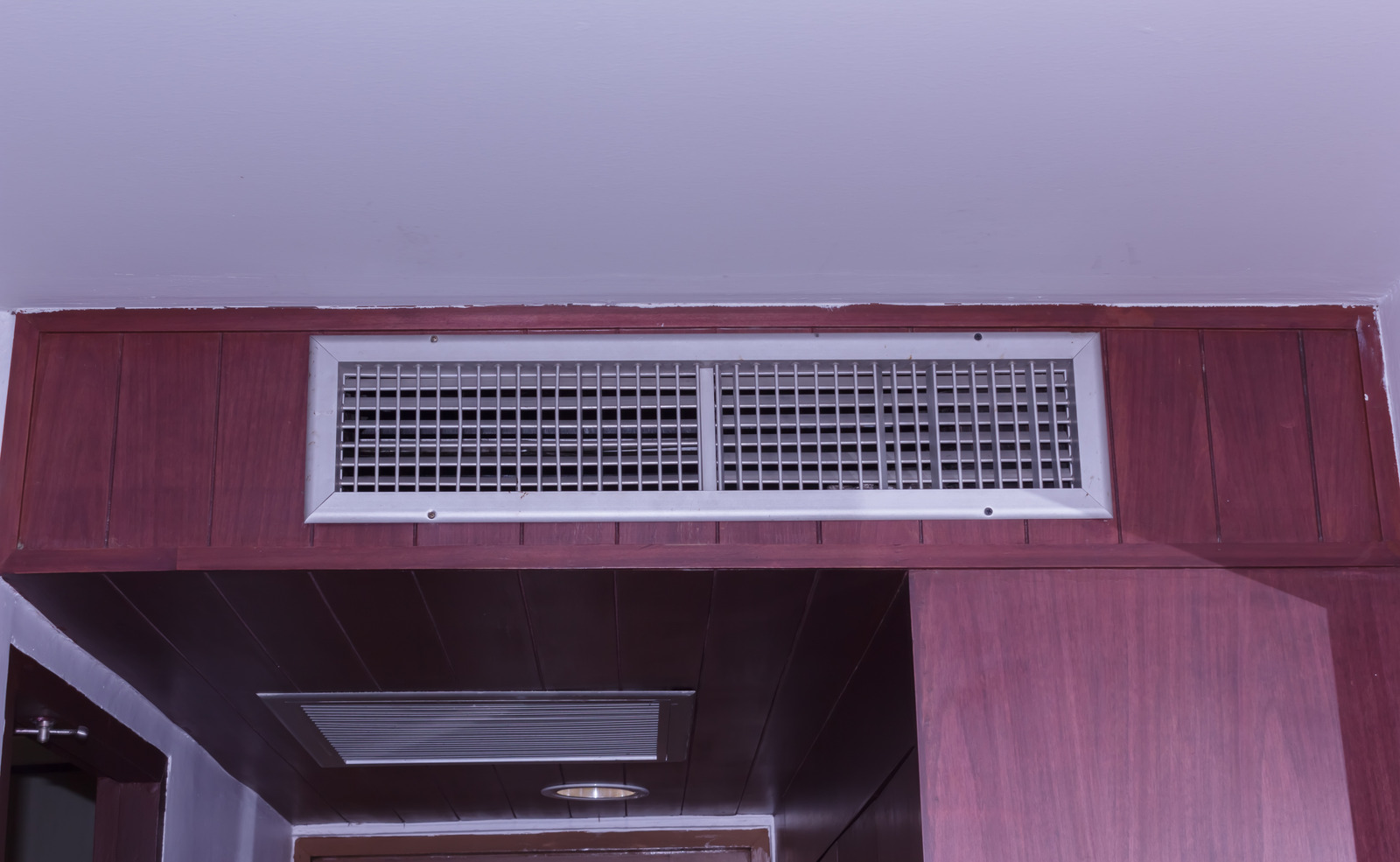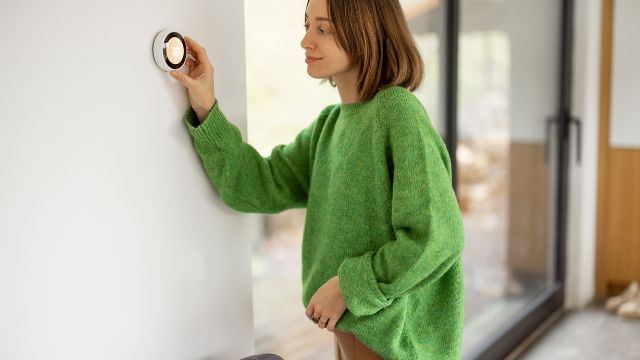We complain when it’s too humid; when it’s not moist enough, we feel that too. The best case, it seems, is for humidity to be there without us realizing it. Therefore, managing humidity should be a priority for every homeowner, especially when adjusting our heating and cooling desires to meet your personal home needs. This blog helps you to find simple ways to maintain the ideal humidity level of your home.
1. Install a humidifier

One of the most accessible solutions for controlling the house humidity in winter is using a humidifier. You can buy a smaller, portable device that works in a small area or have professionals install a whole-home system. It is your best preference to control humidity. These whole-home humidifiers are more efficient and update humidity levels to keep you comfortable and healthy while protecting the home’s wooden furniture and other delicate items.
2. Replacing moisture-soaked items
Consider replacing any items in your house that have been heavily affected by moisture. In most cases, mold growth may have already begun, and it could be too late for more minor repairs. Soaked items could be sheetrock, bathroom tiles, windows, or other objects—the list goes on! However, if moisture damage is severe enough, it could impact not only the health of your home but also your family’s health.
3. Replace an old air conditioner
Replace an old air conditioner to lower the humidity and attain an ideal humidity level. In addition to cooling indoor air, air conditioner units remove moisture. A central air conditioning unit should last 10 to 12 years before needing replacement, and a window unit should last 7 to 10 years. When air conditioners are older than their life, their components can wear out and may no longer be efficiently removing humidity.
4. Install exhaust fans
Generally, exhaust fans are already present in most homes. Bathroom and kitchen exhaust fans can be vital in keeping an ideal humidity level. They remove the excess humidity added to the air due to showering, boiling water, and other activities. If your home doesn’t have these fans, investing in them will help maintain optimal indoor humidity.
5. Add some houseplants to your home

Usually, house plants add to the decor and ambiance of a home, but they also help to purify the air and add to the humidity level. Properly watered plants release vapor from the leaves and stem into the air. The soil for the houseplants also holds water that slowly evaporates. The best choices for humidity-boosting houseplants are tropical with large leaves and plants that do well in dry conditions.
6. Fix leaks and seepage
If water enters the house from the outside, your options range from simple landscaping to extensive excavation and waterproofing. Water in the basement can result from the lack of gutters or a water flow toward the house. In addition, water leaks in pipes or around tubs and sinks can allow biological pollutants to grow.
Final words
Most houses underestimate ideal humidity levels until hazards and other undesirable effects appear. Don’t wait to take control of your comfort. Get Fairfax Air Cleaning to help you maintain your ideal indoor humidity level. Contact us today to help you determine the proper humidity levels and control them.



